
Last Friday night—June 6, 2025—I had the privilege of seeing Good Night, and Good Luck on Broadway in New York City.

And what an evening it was: George Clooney’s passion and precision brought Edward R. Murrow to life in a way that was nothing short of gripping. Though the seats cost $350 each, four rows from the back of the mezzanine, it didn’t matter—every seat felt like the best in the house. My daughter, my lifelong friend, and his wife shared every moment with me; none of us had a single complaint. It was a shared experience we’ll never forget.
Passing the Torch

On the train into the city, my daughter asked, “Who was Edward R. Murrow?” It hit me like a revelation: the younger generation has not lived through certain chapters of our history—the McCarthy era, the Red Scare.
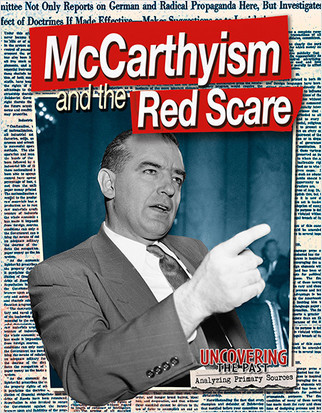
So much of what we take for granted needs reintroduction. It reminded me of why this story matters: as a bridge between generations, it brings lessons forward we risk forgetting.
History Doesn’t Teach Itself: A Call to Context

When my daughter asked that question, I paused—and then called my friend Paul Casey, a fellow Seattleite who graduated from the Edward R. Murrow School of Communications at Washington State University (https://murrow.wsu.edu). Paul received the prestigious Edward R. Murrow Award given annually to one of the school’s most accomplished graduates. He graciously spent ten minutes on the phone with my daughter, giving her a rich, impromptu briefing on Murrow’s legacy.

Paul also hosts a weekly radio show, “Voices of Experience,” every Wednesday at 3 p.m. (and again Sundays at 11 a.m.) on AM 880 KIXI, where he regularly features segments discussing my blogs and podcasts. You can listen live or catch episodes online at https://paulcasey.org/voices-of-experience-radio-show.
For those who weren’t around—or never got the full story—here’s the context:
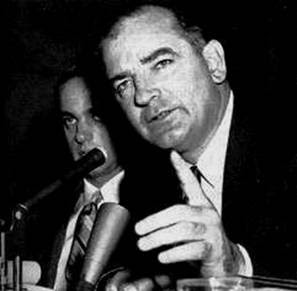
In the early 1950s, as Cold War anxiety gripped the country, Senator Joseph McCarthy rose to power by accusing fellow Americans of being communists or communist sympathizers.
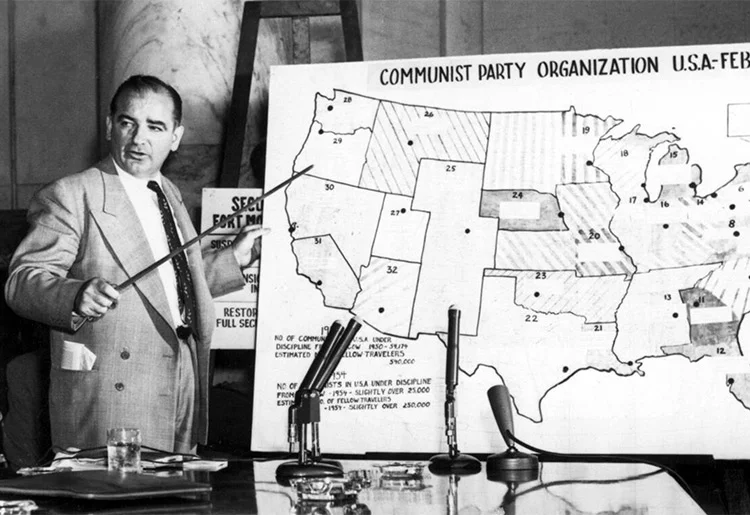
Often these accusations were baseless, but they caused widespread fear. Careers were ruined. Families were torn apart. Speaking out could get you blacklisted, fired, or worse. It was a time of fear-driven politics and mass suspicion.
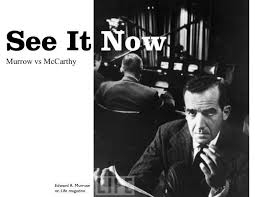
Edward R. Murrow, one of the most respected journalists of his time, used his CBS television program *See It Now* to challenge McCarthy’s tactics—not with outrage, but with careful, factual reporting and moral clarity. Murrow famously ended one of his most powerful broadcasts by saying: “We must not confuse dissent with disloyalty.”
Why This Story Still Matters
Good Night, and Good Luck is more than historical drama. It’s a mirror held up to our times. In a CNN interview with Anderson Cooper, Clooney said, “we have been through some tough times in the country before,” a subtle but clear connection to the forces at work in our present-day political landscape. The play’s revival is not nostalgia—
it’s a reminder of what happens when fear replaces reason, and when power goes unchecked.
A Broadway First — Live on CNN
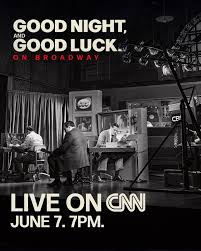
On Saturday, June 7, the very next evening, CNN made history by airing the play live at 7 p.m. ET—the first time a Broadway production has ever been broadcast live on national television. Anderson Cooper anchored special pre- and post-show segments, and Clooney, along with other cast members, reflected on the show’s contemporary resonance.
While exact viewership numbers haven’t been released yet, the buzz has been enormous. In living rooms across the country, people who might never have made it to New York City got to experience this powerful performance in real time. That kind of reach—theater meets television, history meets headlines—is a game changer.
You can watch the CNN broadcast replay here: https://www.cnn.com/2025/06/02/press-release/how-to-watch-cnns-special-presentation-of-george-clooneys-good-night-and-good-luck-on-saturday-june-7-at-7pm-et/
Reflections from the Stage and Screen

- Clooney’s performance — His embodiment of Murrow was riveting, measured, yet fiery, transporting us back to 1954 while shining a spotlight on present-day tensions.
- Staging and direction — David Cromer’s choice to incorporate live camera feeds and flickering black-and-white
footage gave the show an almost documentary-like realism, reinforcing the story’s core conflict between media and power. - Box office impact — The show’s run ended on Sunday, ending on a high note, setting box office records and earning five Tony nominations.
Final Thoughts
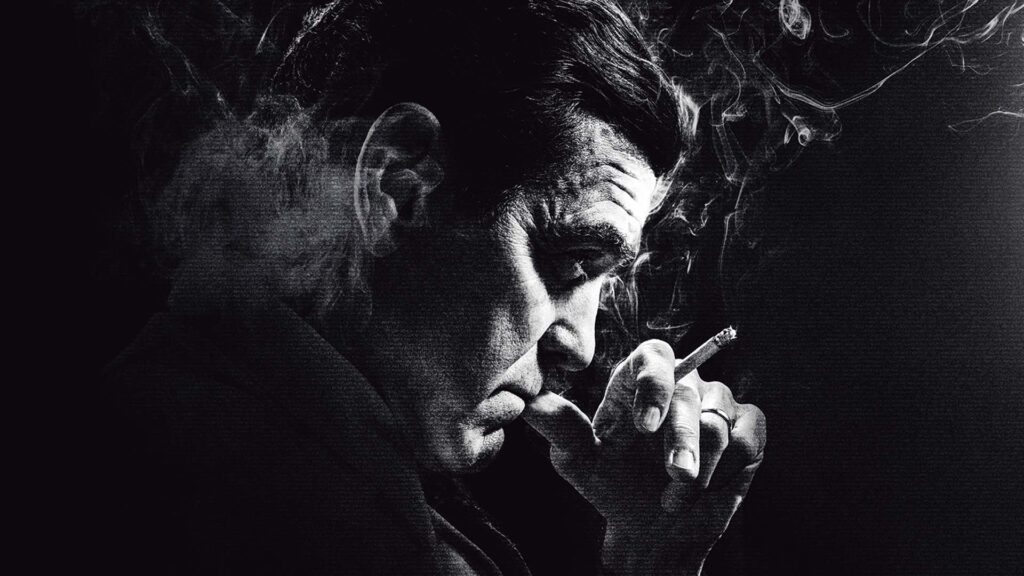
Watching the show live, in person, and then realizing it would soon beam into homes around the country—it felt like I was part of something bigger than theater. George Clooney didn’t just bring Edward R. Murrow to the stage. He brought him to the living rooms of America. And in doing so, he reminded us all of the fragile, vital role of truth in a democracy.
To borrow from Murrow’s sign-off:
“Good night, and good luck.”
We still need both.

Too bad CNN has fallen so far in ratings and viewers because this sounds like something that we all should see. Do y9u know if it is being rebroadcast? Thanks for the “heads up”.
Thanks for the rebroadcast link…
Great column Neil. As usual, you captured the very essence of your subject and much more.
Correction. I am not a graduate of the Murrow College. I can understand how you may have thought that because of an award I recently received. For the first time the Murrow College awarded the Hall of Achievent Award to non-Murrow graduates. Bruce Amundson and myself.
Saw it live on CNN and it was amazing… as was the commentary with Anderson Cooper afterwards! Well done and definitely well worth watching!
I can’tbelievethe cost for those seats💺